Malachite Green Oxalate CAS: 2437-29-8 | MF: C23H25N2•C2HO4•0.5C2H2O4 | MW: 463.5, Buy now Histological Stains & Dyes for Histology, Cytology, Microbiology, Hematology & Biology Lab from TriStains. All Tristains products are exclusively distributed by Dawn Scientific Inc.
Malachite Green Oxalate presents itself as a deep green crystalline solid. This synthetic dye compound bears the chemical formula C23H25N2•C2HO4•0.5C2H2O4 and is also recognized as N,N,N′,N′-Tetramethyl-4,4′-diaminotriphenylcarbenium oxalate, or Basic Green 4. Unlike Malachite Green Hydrochloride, it shares a similar structure but features oxalate as the counterion instead of chloride. Belonging to the triphenylmethane dye family, it showcases a central carbon atom linked to three phenyl rings and a dimethylamino group. The oxalate ion (C₂H₂O₄) serves as the counterion, leading to the formation of the oxalate salt. Notably, Malachite Green Oxalate boasts a unique green hue and demonstrates solubility in water, alcohol, and various organic solvents.
TriStains provides a marketplace for histology and biological stains, which is comprehensive enough to encompass the peculiar requirements of laboratories specializing in Histology, Cytology, Microbiology, and Hematology. With a reputation for exceeding quality expectations, TriStains performance is outstanding which allows for resolution of cell and tissue components fundamental to life sciences to be clearly visualized. Each product under TriStains series is validated for accuracy, reliability and consistency. TriStains, which manufactures and markets stains and indicators in various packing, offers laboratories turn key solutions for all their staining and indicator needs, improving accuracy in every experiment.
Application :
- Malachite Green oxalate salt has been used for phosphate quantification.
- It is used in the preparation of Alexander staining solution for cell viability test.
- It is used in malachite green-ammonium molybdate assay for determining the adenosine triphosphatase (ATPase) activity of binding immunoglobulin protein (BiP).
- It is used as a hydrophobic ion, to study the label-free molecular transport in the living cell membranes of Escherichia coli in real time by second-harmonic generation (SHG) method.
Benefits :
- Ability to stain cellular structures, especially nucleic acids
- Versatile and stable
- Staining gives accurate and consistent results.
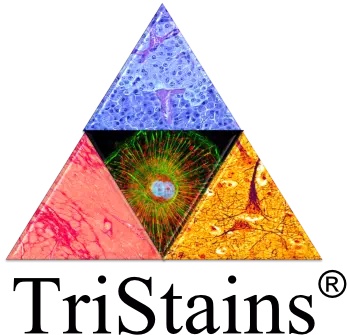
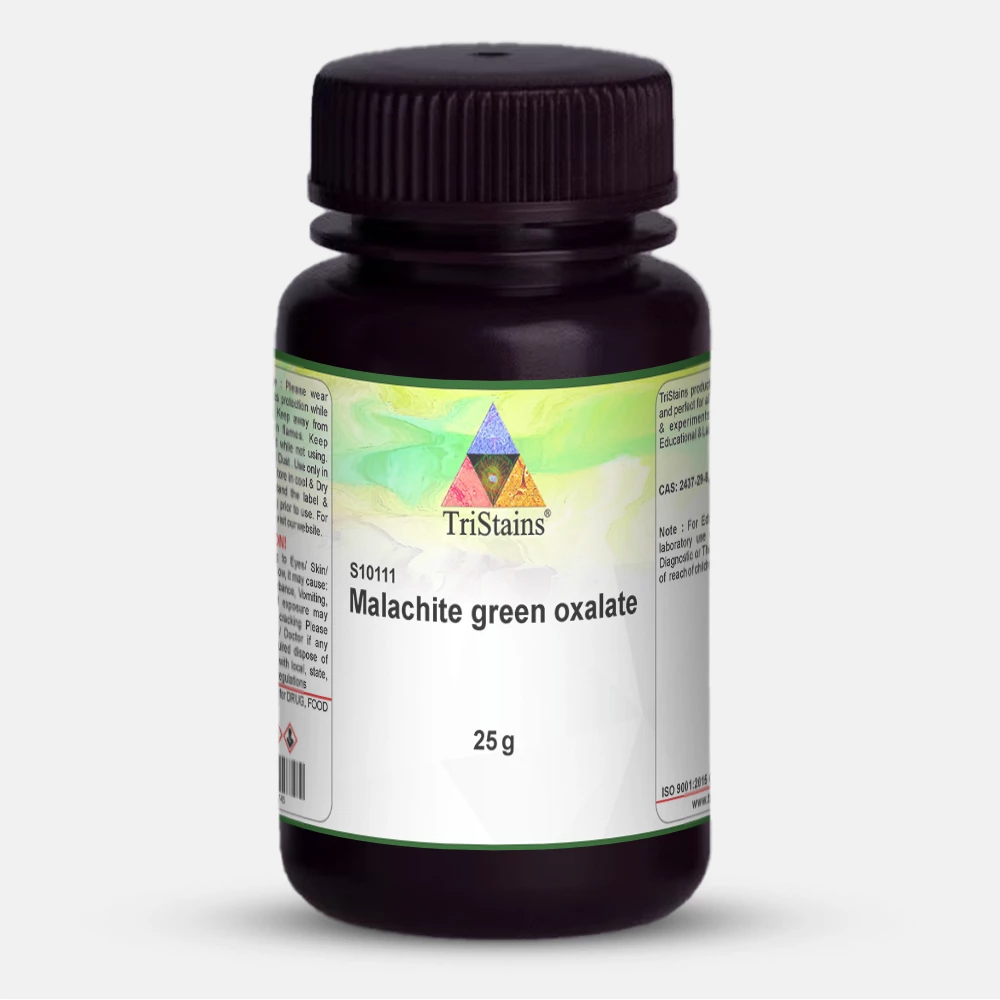
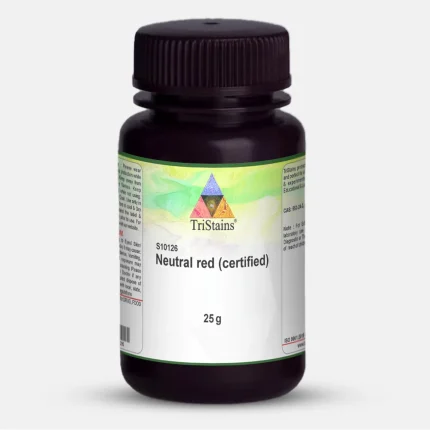
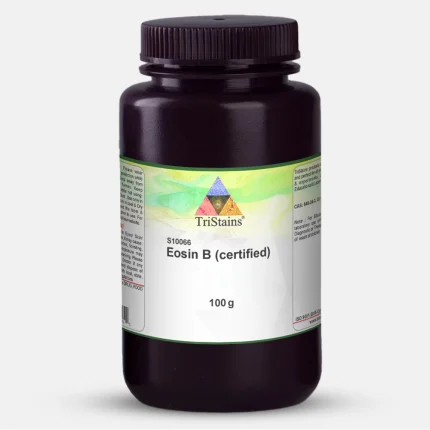

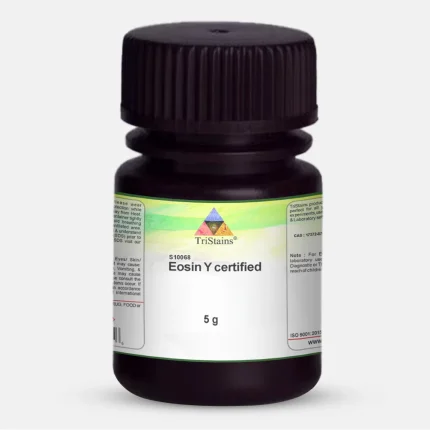
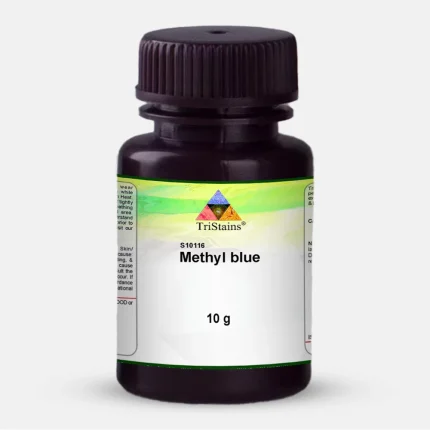

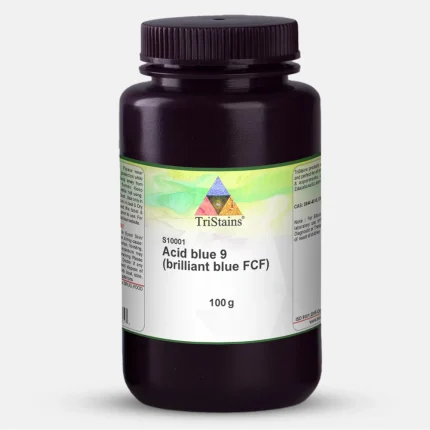





Reviews
There are no reviews yet.